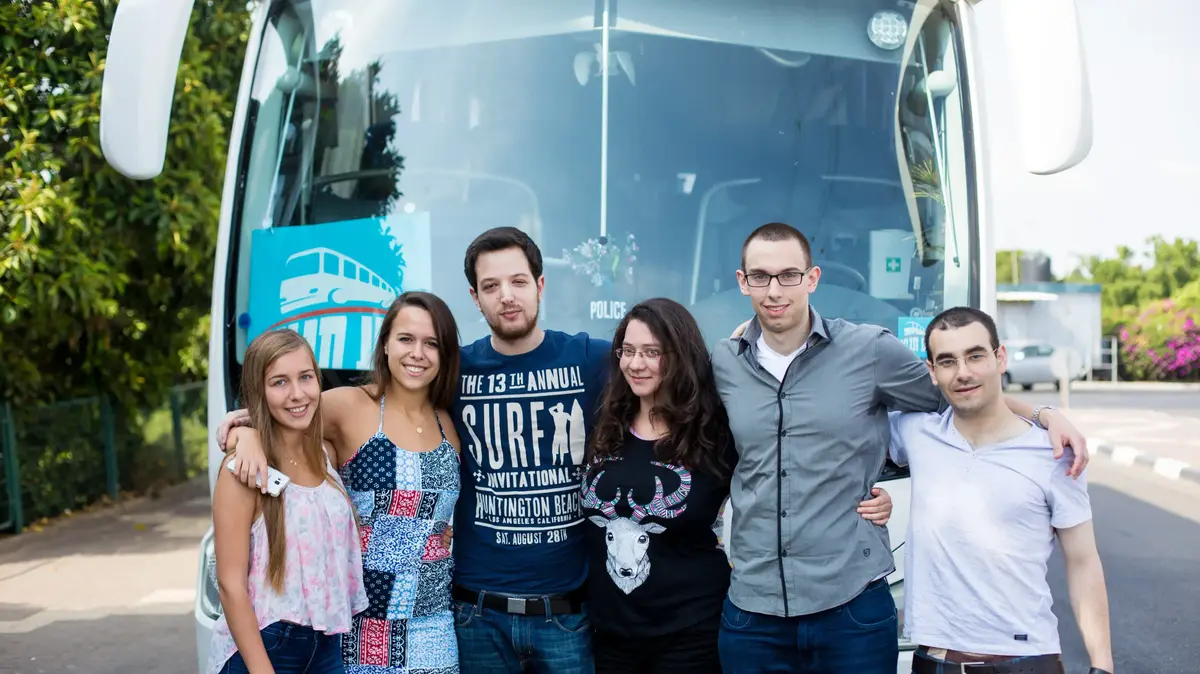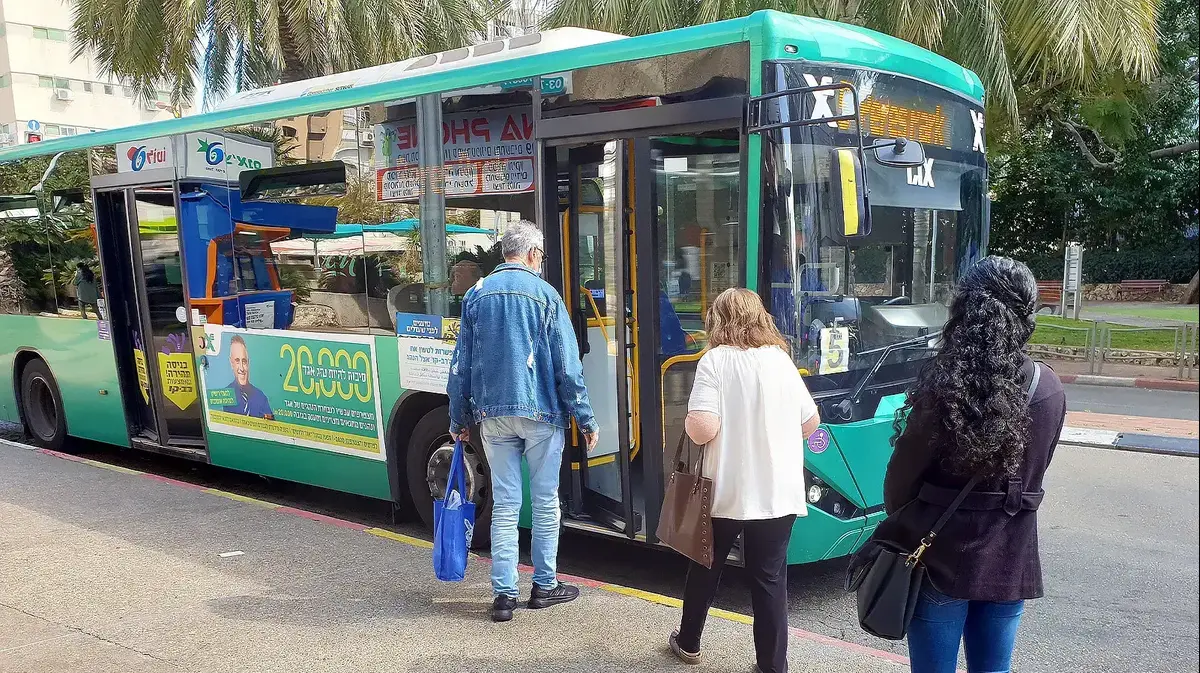By Mo Abbas - NBC News
The COVID-19 pandemic has hit some public transportation systems hard.
The number of passengers on the New York Metropolitan Transportation Authority (MTA) and the London Underground system initially dropped by around 95%, and has since recovered to only around a third from last year's levels.
And although those numbers have recovered, it is likely that the number of passengers will be lower in the short and medium term.
But that's not what the experts are concerned about.
With the economic crisis facing cities around the world due to the economic impact of the pandemic,
governments could cut funds due to the decrease in the number of passengers
.
That can create what some have called a "death spiral": a cycle of poorer services and even fewer passengers.
[Biden nominates former presidential hopeful Pete Buttigieg as Secretary of Transportation]
"I have no hesitation in saying that demand will be lower than before the pandemic,"
said Greg Marsden, professor of transport governance at the University of Leeds in the UK.
"It will be less because we are entering a massive recession and because people have adapted their behaviors," he added.
"What really matters is how we manage the transition," he added.
"If we are wrong, then it will be very difficult to recover public transport services once they are gone."
Passengers in the Milan, Italy metro on Wednesday, October 14, 2020.AP Photo / Luca Bruno
The next few years will be critical as it becomes clearer how many people will continue to work from home or use private transportation, and as governments come under pressure to make cuts that could hamper transit systems for years to come.
[This is how 2020 has changed our relationship with the Internet and technology, possibly forever]
"As we move into 2021 and 2022, governments will have less money and begin to manage their public spending priorities
. That is where the danger zone lies," said Richard Anderson, Co-Director of Transportation Strategy at Imperial College of London.
Public transportation is rarely profitable, but it is essential to the success of major cities, according to Anderson, who compared reducing public transportation spending to "killing the goose that lays the golden eggs."
Lessons from Asia
Transportation networks in countries where infections have remained relatively low, such as Taiwan and South Korea, may offer clues about how public transportation will work after the pandemic and advice on how to attract the most cautious passengers.
The revenue drop is unlikely to be sustainable for most transportation networks, given that coronavirus vaccines will take months to be delivered in bulk and it will even take longer for restrictions to be eased.
Meanwhile, Taipei Metro, whose traffic in October was only 15% lower than in 2019, launched a disinfection campaign, hired hundreds more employees and mobilized volunteers to scan the body temperature of passengers at the turnstiles.
In Seoul, transportation authorities made congestion levels available online so that passengers can plan their trips and avoid crowds, and through an app, it was possible to inform passengers that they are not wearing masks.
An employee disinfects a subway train in Seoul, South Korea, Thursday, December 10, 2020.AP Photo / Ahn Young-joon
But there are limits to comparing the Asian experience with other regions.
Their cities are generally densely populated, making alternatives to public transportation (like driving to work or working from home) difficult.
The continent has also experienced other pandemics in recent years, such as SARS, and it is more used for the use of masks and social distancing.
Emotional appeal
In the West, it is unclear how many passengers will return to public transport.
A survey in France conducted in September revealed that 69% would use it again, while another in the northeastern United States in April and May found that 92% would.
Although the number of passengers remains low, transportation experts have urged lawmakers to look beyond the gross number of passengers when making financing decisions.
[These homeless families are not eligible for help from Congress for the coronavirus]
Public transportation has been a lifesaver during the pandemic for essential workers and those with the lowest incomes, many of whom cannot work from home or pay for their own cars.
Cutting funding for transportation would also disproportionately affect women and ethnic minorities
.
A survey revealed that in the United States, users of public transportation during the height of the pandemic were "overwhelmingly women and people of color" and that healthcare workers and food service employees were among the top professions using it. .
Public transport advocates say it should be supported by appealing to the emotional along with economic arguments and practical measures to improve its efficiency.
[Google faces accusations of racism after firing two black employees]
Mohamed Mezghani, secretary general of the Brussels-based International Association of Public Transport, pointed to an initiative in Vienna that invites passengers to send
selfies
using public transport to display on station screens.
"We need to act on two levels, the rational and the emotional," he said.
"It is important to provoke positive feelings about public transport. People should be proud to use it.
It is like recycling. Citizens do it because there is a feeling of satisfaction, because it is a civic behavior," he said.









/cloudfront-eu-central-1.images.arcpublishing.com/prisa/CSNV4JGEKCFAXYYFBQP3FFVAWM.jpg)